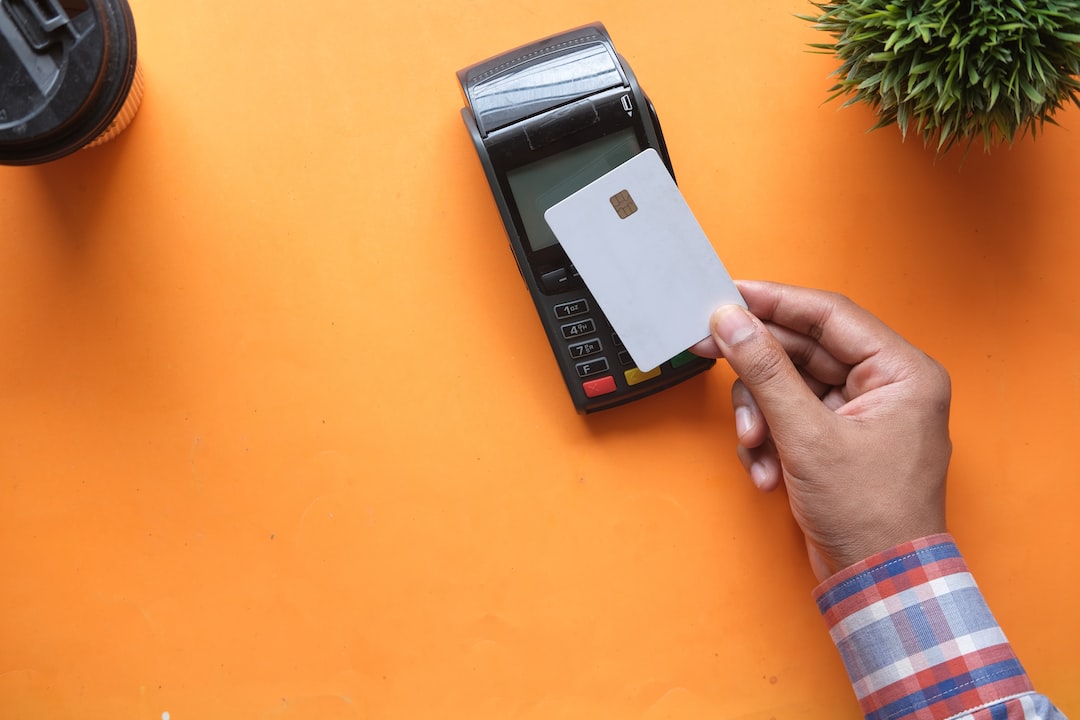In today’s increasingly competitive retail market, capturing the attention of customers is essential for any business. With numerous brands vying for the spotlight, it is crucial for retailers to utilize effective strategies that differentiate their products from competitors. One such strategy is visual merchandising.
Visual merchandising refers to the creative arrangement of products and displays within a retail space to maximize visual appeal and drive sales. It encompasses various elements such as product placement, lighting, signage, and overall store layout. When done right, visual merchandising has the power to captivate customers and entice them to make a purchase.
First and foremost, visual merchandising allows retailers to create a brand identity and establish a unique shopping experience. It enables them to convey their brand message and values visually, which often resonates more powerfully with customers than words alone. By carefully crafting displays that reflect the essence of the brand, retailers can create a cohesive and immersive environment that leaves a lasting impression on shoppers.
Moreover, visual merchandising plays a vital role in capturing attention in a sea of endless choices. When confronted with a multitude of options, customers are naturally drawn to visually striking displays that stand out from the crowd. Whether it’s a large window display or an eye-catching in-store arrangement, a visually appealing display can pique curiosity and compel customers to explore further.
Another important aspect of visual merchandising is its ability to drive sales. Well-planned and executed displays can effectively highlight key products, encourage cross-selling and upselling, and influence purchasing decisions. By strategically placing complementary items together, retailers can encourage customers to buy more than they initially intended, thereby increasing their average purchase value.
In addition, visual merchandising can create a sense of order and ease navigation within a store. By organizing products in a logical and visually appealing manner, retailers make it easier for customers to find what they are looking for. This improves the overall shopping experience and minimizes customer frustration, resulting in increased customer satisfaction and loyalty.
An often-overlooked aspect of visual merchandising is its impact on brand perception. When customers encounter a well-designed and aesthetically pleasing retail space, they are more likely to associate it with quality, professionalism, and attention to detail. On the other hand, a poorly executed visual merchandising strategy can convey a negative image, leaving customers with a subpar impression of the brand.
So how can retailers effectively leverage visual merchandising to capture attention? Here are a few key tips:
1. Know your target audience: Understanding your customers’ preferences, interests, and shopping habits is crucial in designing displays that resonate with them.
2. Stay on top of current trends: Keep up with the latest design trends and incorporate them into your displays to stay relevant and attract attention.
3. Balance creativity and practicality: While it’s important to create visually stunning displays, they must also be functional and easy to navigate for customers.
4. Regularly refresh displays: To maintain customer interest and avoid visual fatigue, frequently update displays and rotate products to keep the store looking fresh and exciting.
In conclusion, visual merchandising is a powerful tool that retailers can utilize to capture attention and boost sales. By carefully curating displays, creating unique shopping experiences, and reflecting the brand’s values, retailers can stand out in a crowded market, attract customers, and ultimately drive success for their business.

